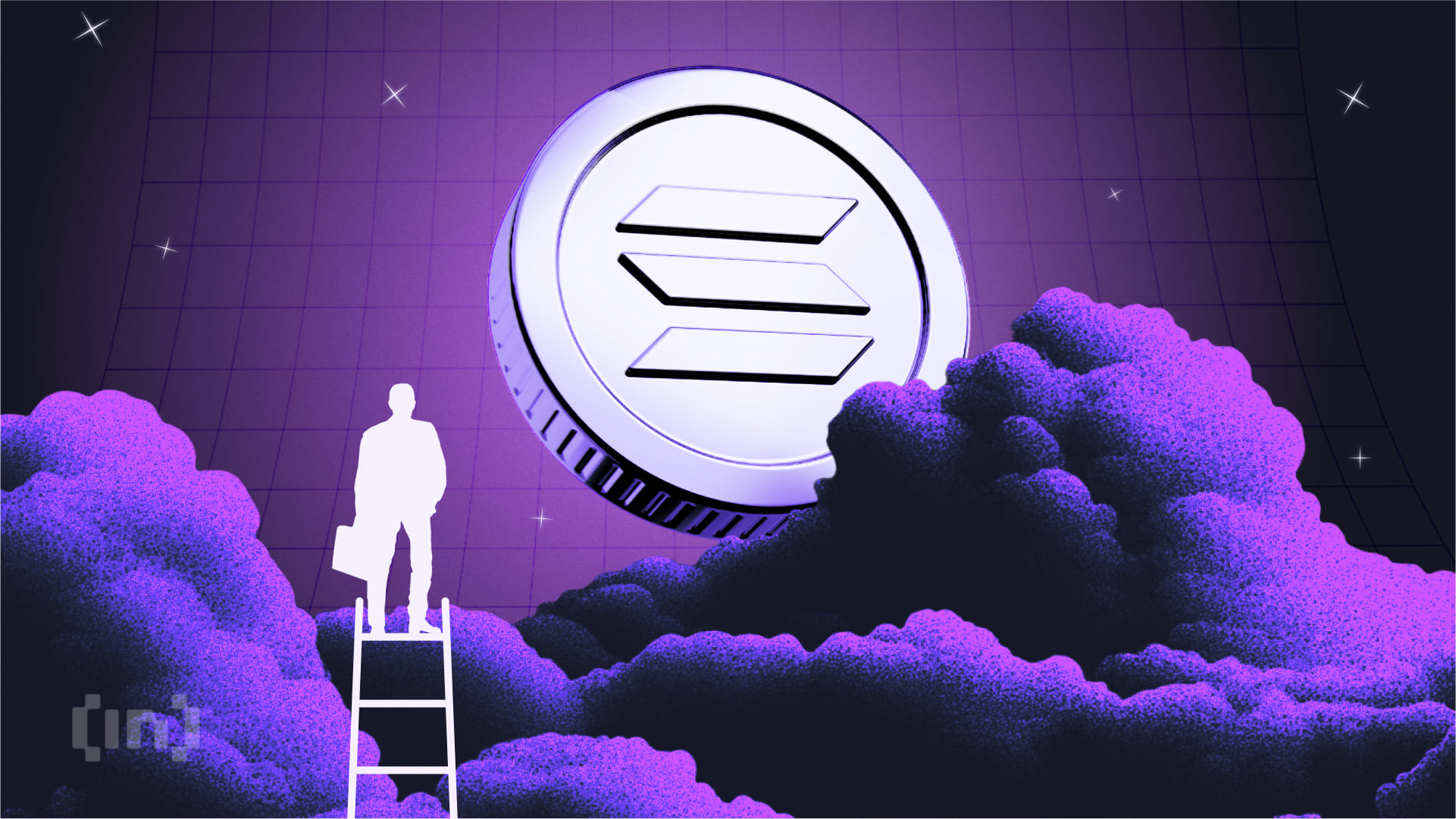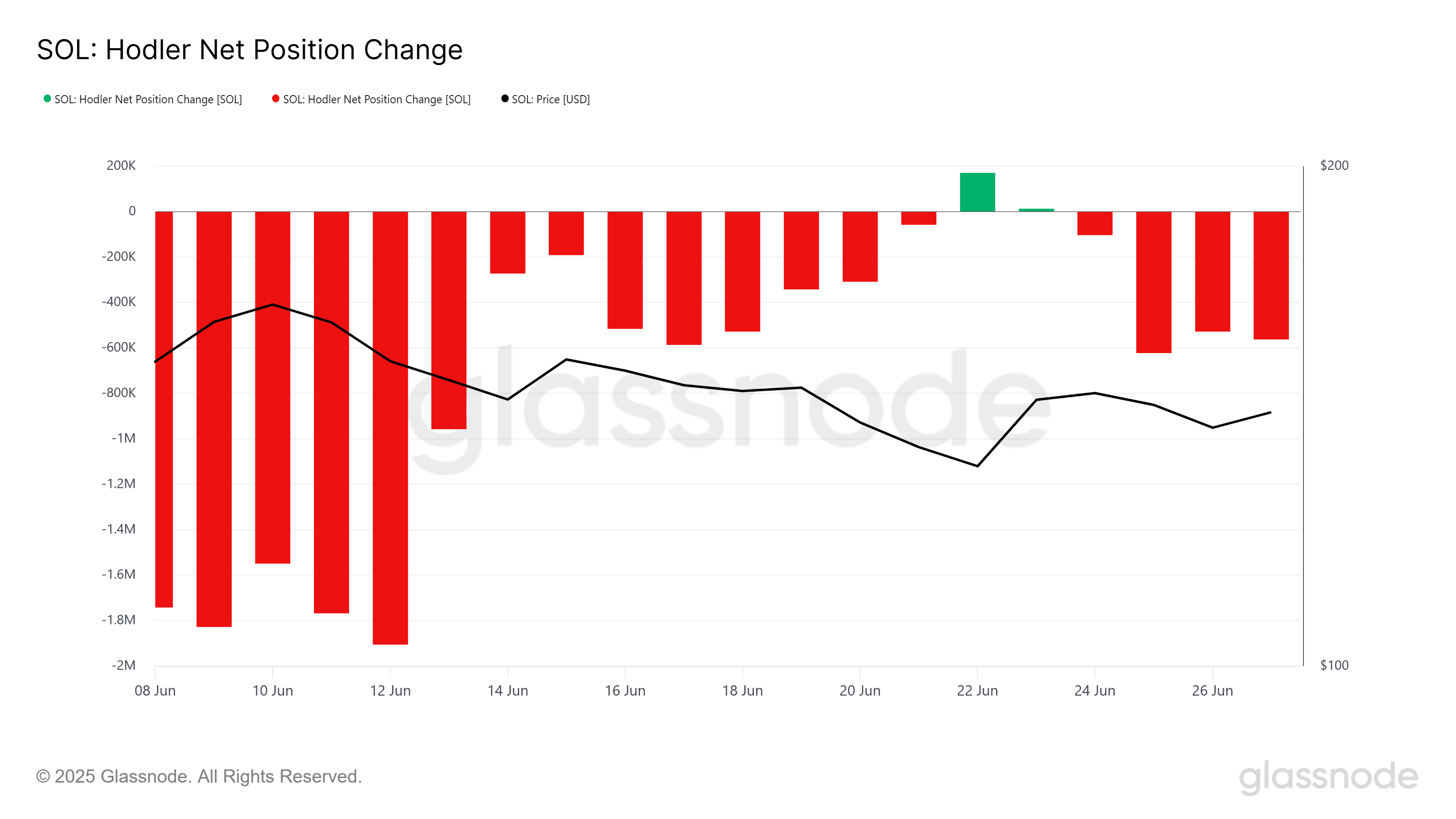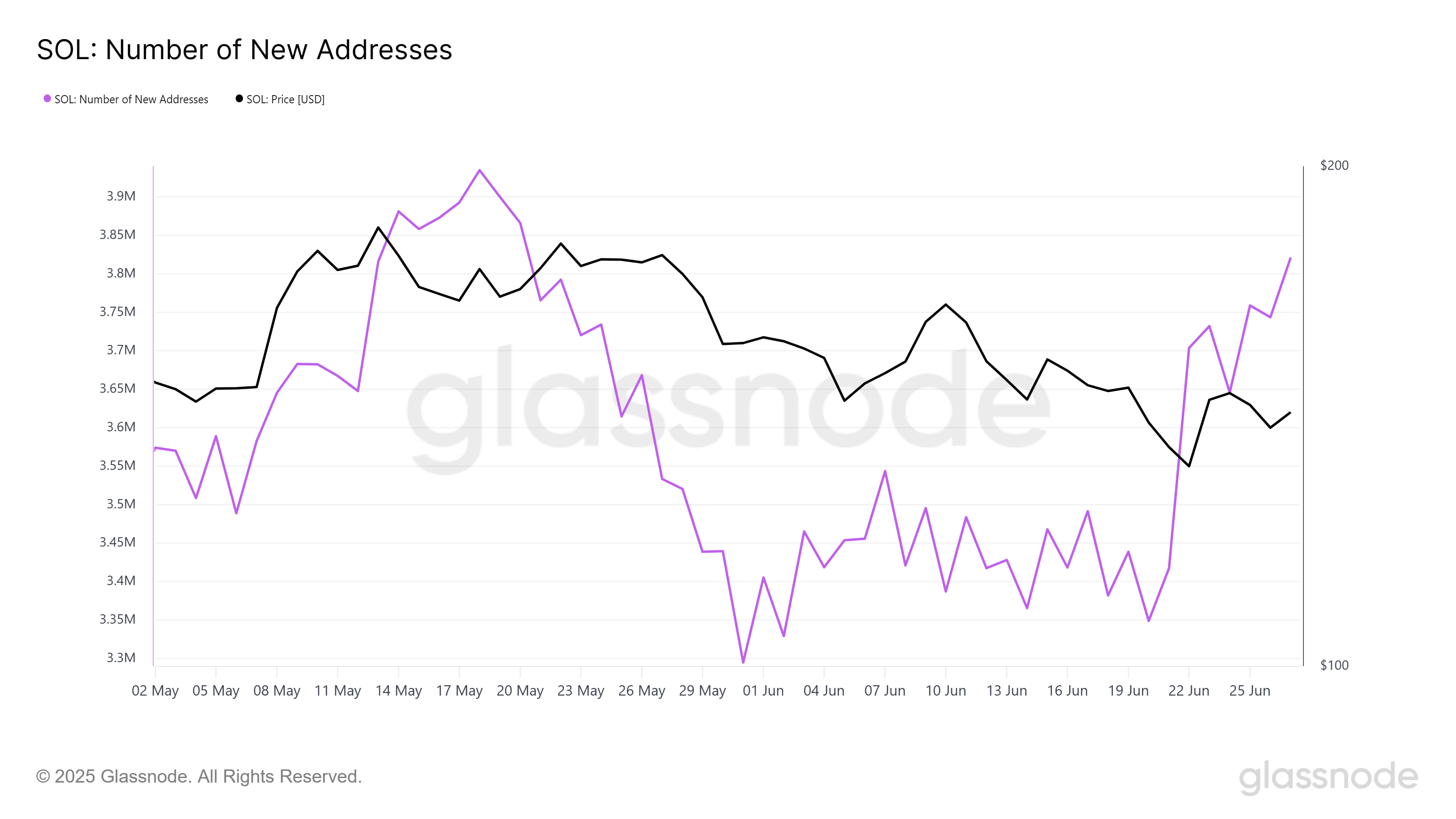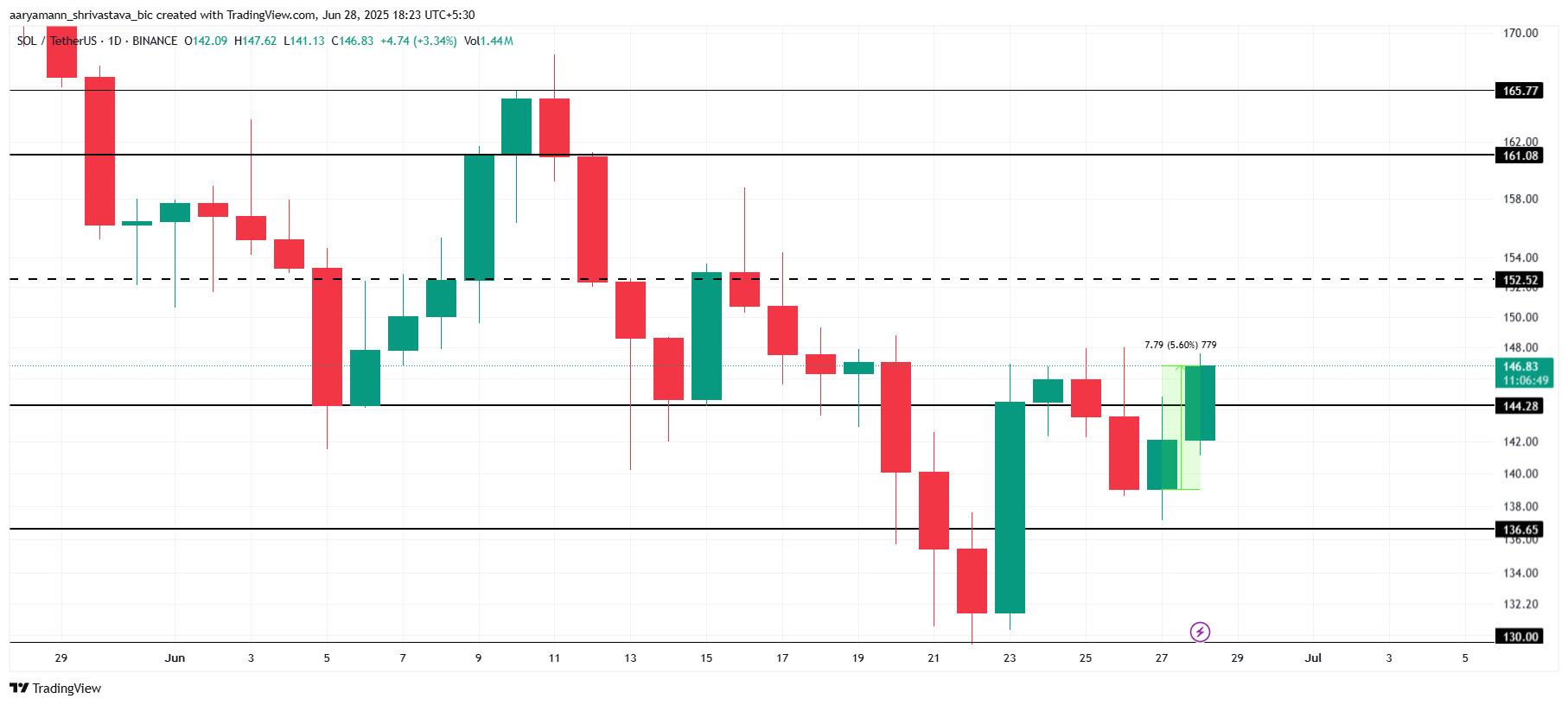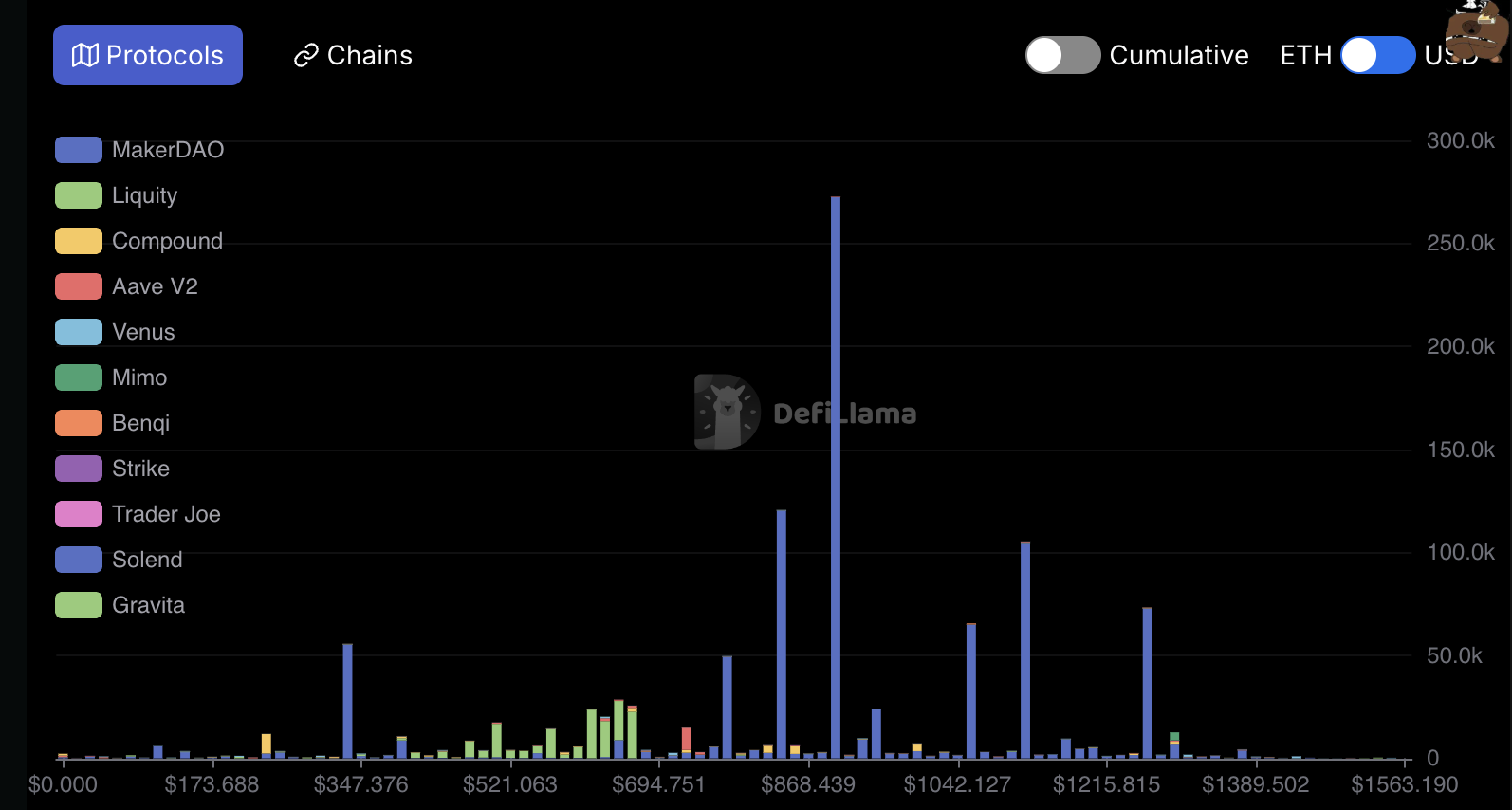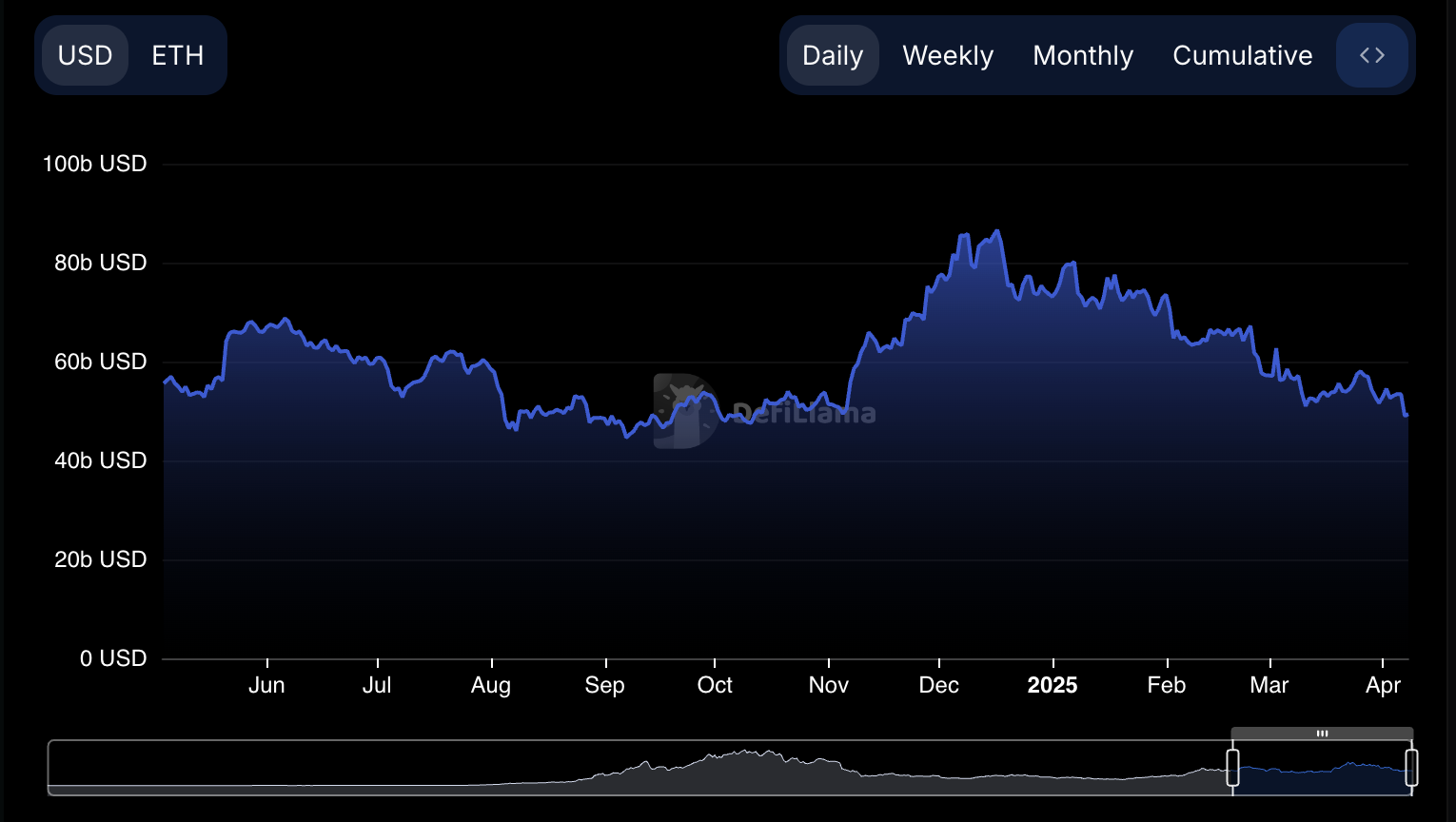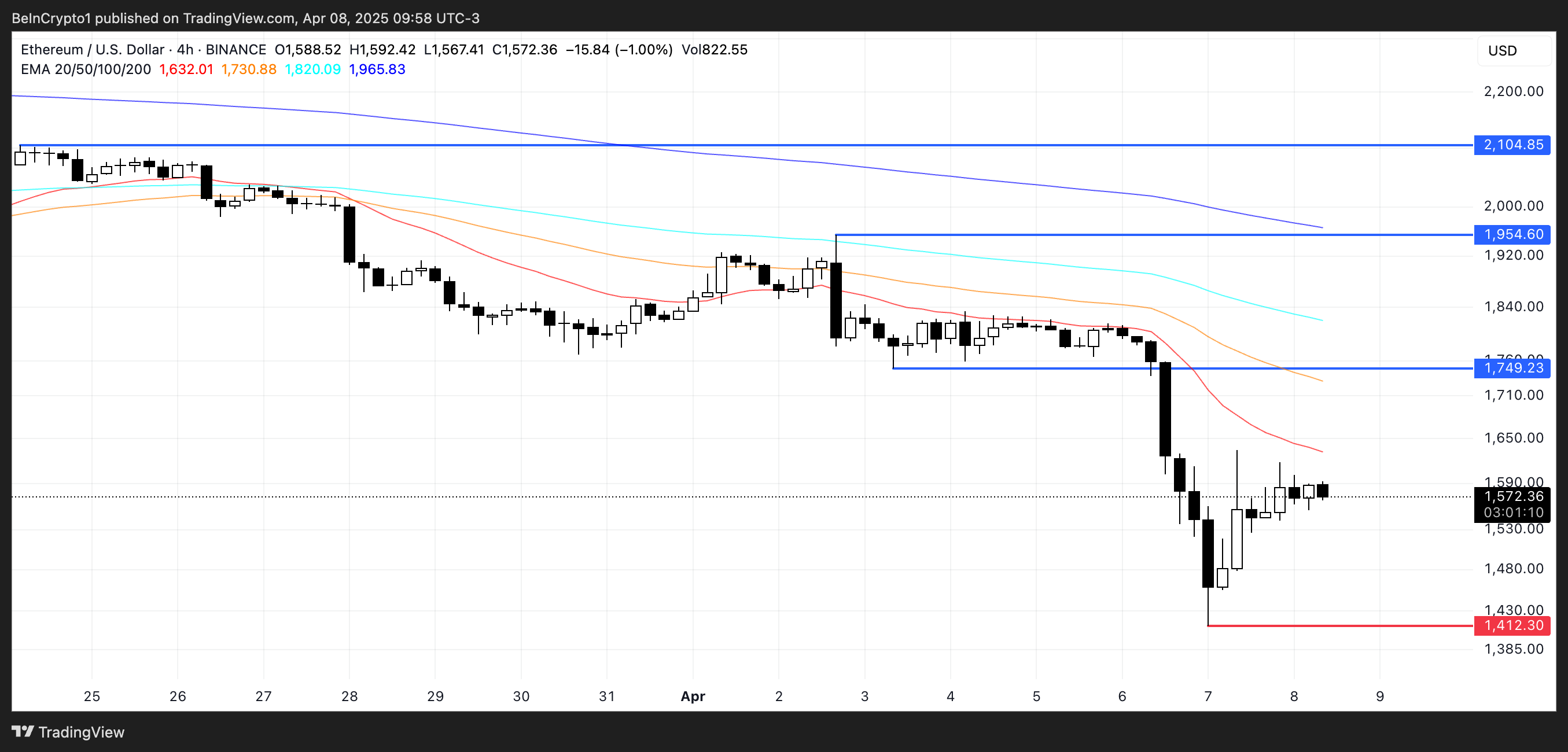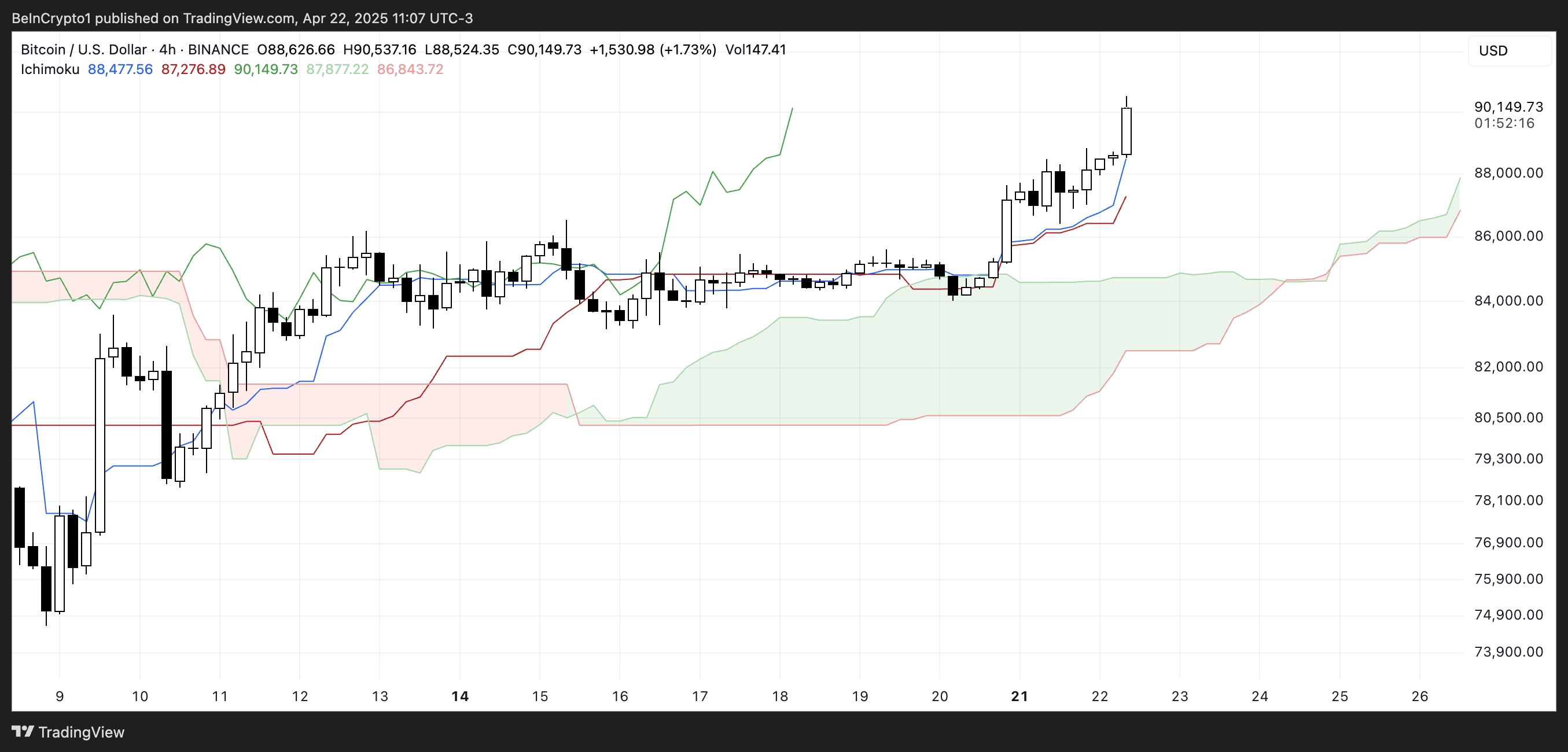An XRP ETF dubbed XRPH11 began trading in Brazil today, making it the first such product in the world. The ETF, issued by Hashdex, is being traded on Brazil’s B3 stock exchange.
Brazil also made history by approving the first Solana ETF last year. XRPH11’s trading volume isn’t public knowledge yet, but it could pave the way for such approvals in the US market.
Brazil’s XRP ETF Goes Live
Hashdex first won approval to trade this XRP ETF in Brazil in February. Although the firm has pursued several crypto ETFs in the US, it recognized Brazil as a potential focus area nearly two years ago.
Today, Hashdex’s efforts are bearing fruit, as B3 announced earlier.
“XRPH11 is part of Hashdex’s line of mono-asset funds, such as the ETFs BITH11, ETHE11 and SOLH11. The focus of these ETFs is sophisticated investors, such as institutional investors who want to build crypto portfolios on B3,” Samir Kerbage, CIO of Hashdex, said in a statement to local media.
XRPH11 will invest at least 95% of its assets in XRP, although it will consist of direct and indirect holdings. So far, it doesn’t seem like any trading data from its first day is publicly available, but Hashdex’s site confirms that XRPH11 is live already.
Nonetheless, Brazil has won a major accomplishment, as the first-ever XRP ETF is trading in its markets. US-based regulators have been signaling their willingness to approve these products, but the applicants are still waiting.
Compared to this drawn-out process, Brazil’s green light in February and market launch in April seem downright speedy.
Last year, Brazilian regulators also approved the world’s first Solana ETF, although it did not have much of an immediate market impact. Hopefully, this situation will not replicate itself in today’s trade data; there are several worrying signs in XRP’s price movements.
If Brazil’s new ETF lands with a thud for XRP as it did for Solana, this might spell further bearishness.
Either way, XRPH11’s trading performance will contain several useful information. The US ETF market could soon face a flood of altcoin products, and these may not stand a chance of capturing Bitcoin’s market dominance.
As of now, Polymarket shows a 74% chance of an XRP ETF approval in the US by the end of this year.
The post World’s First XRP ETF Begins Trading in Brazil appeared first on BeInCrypto.


